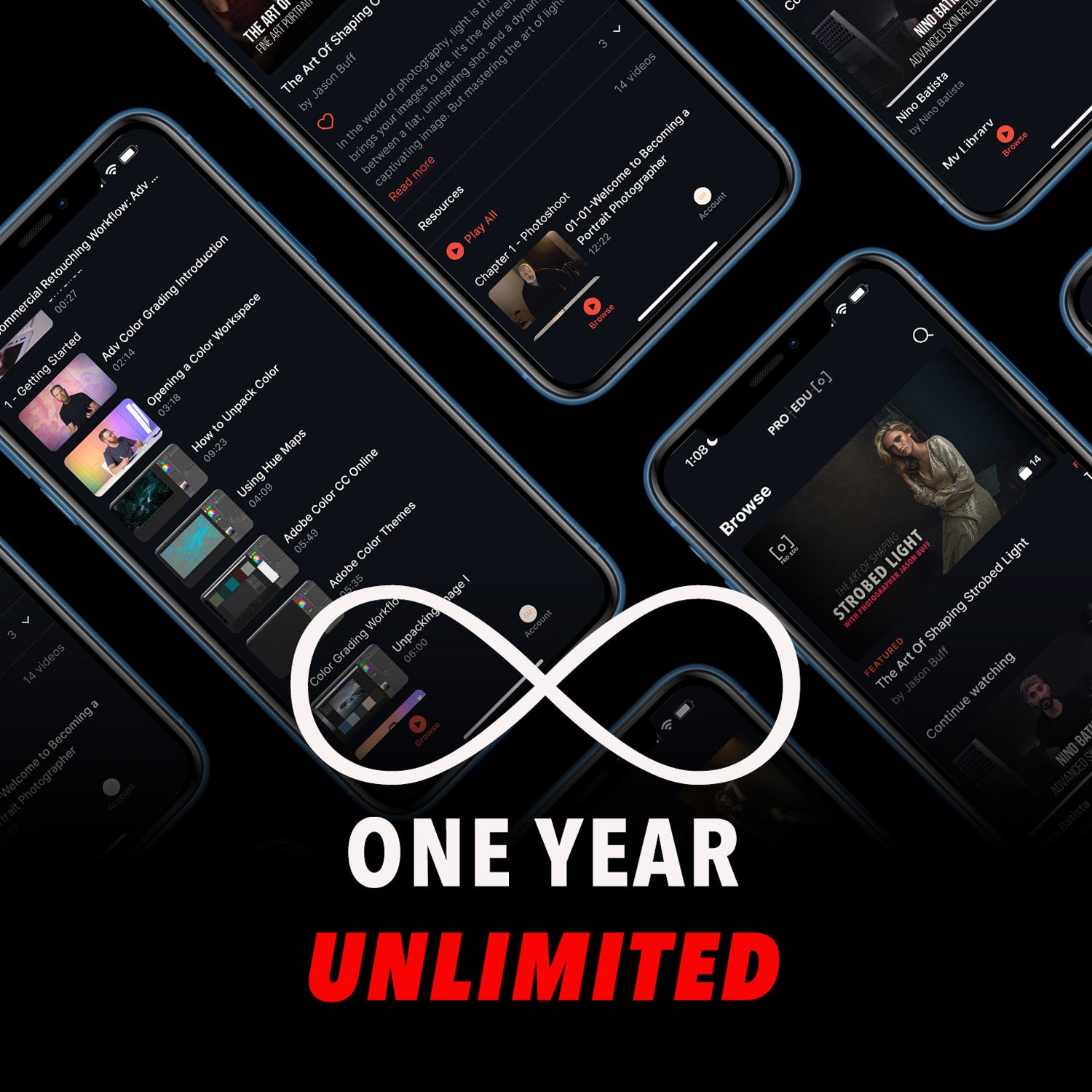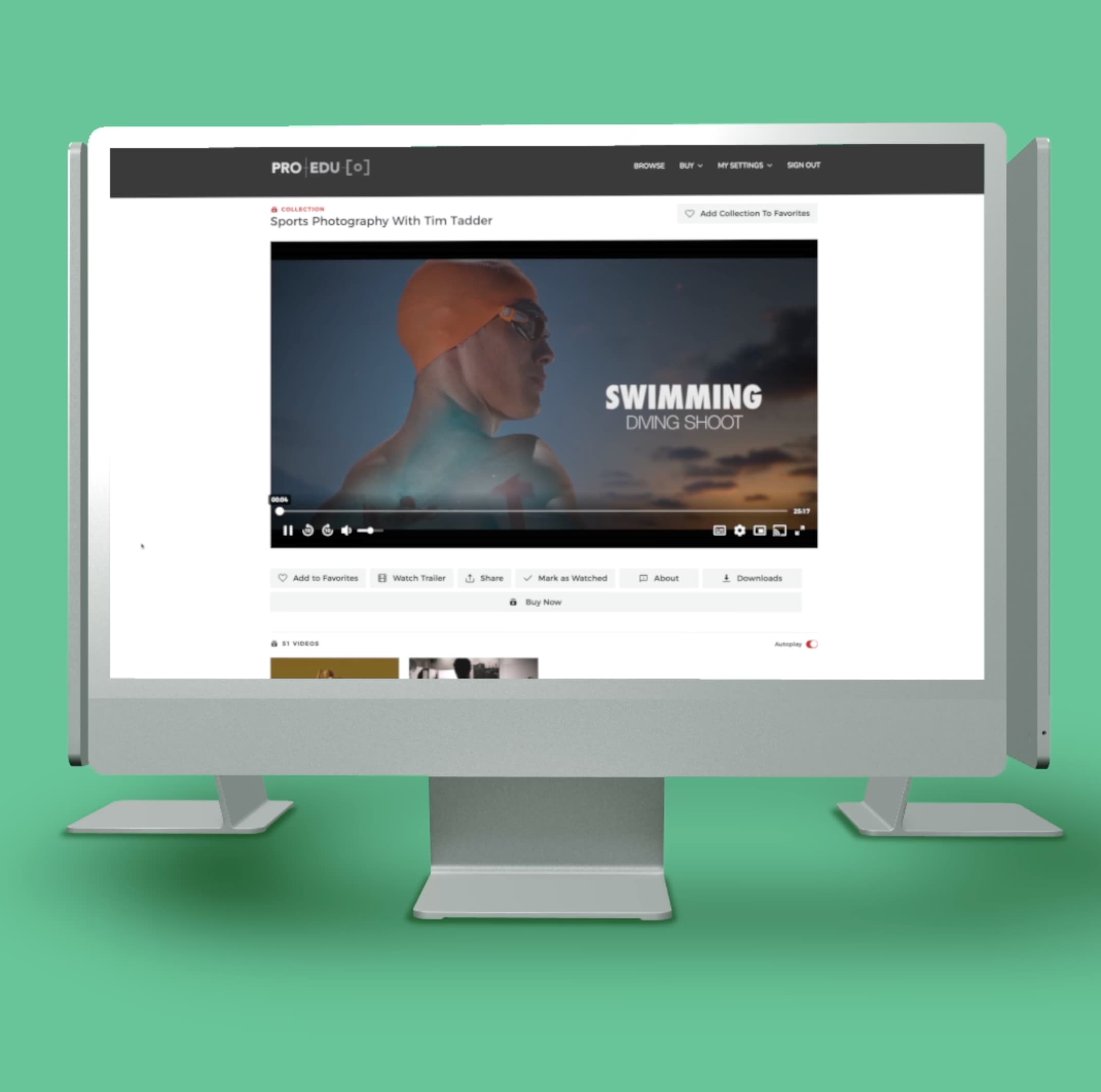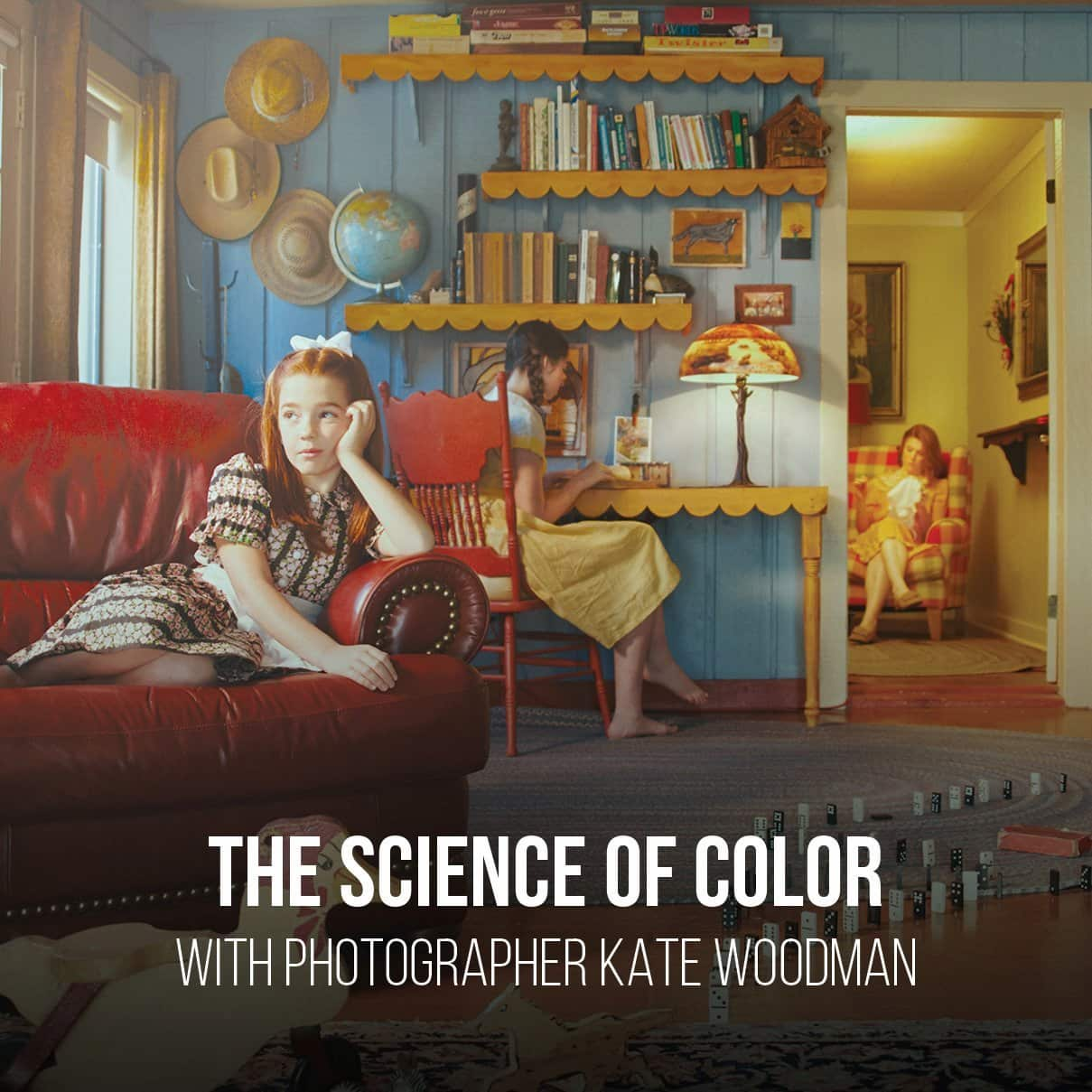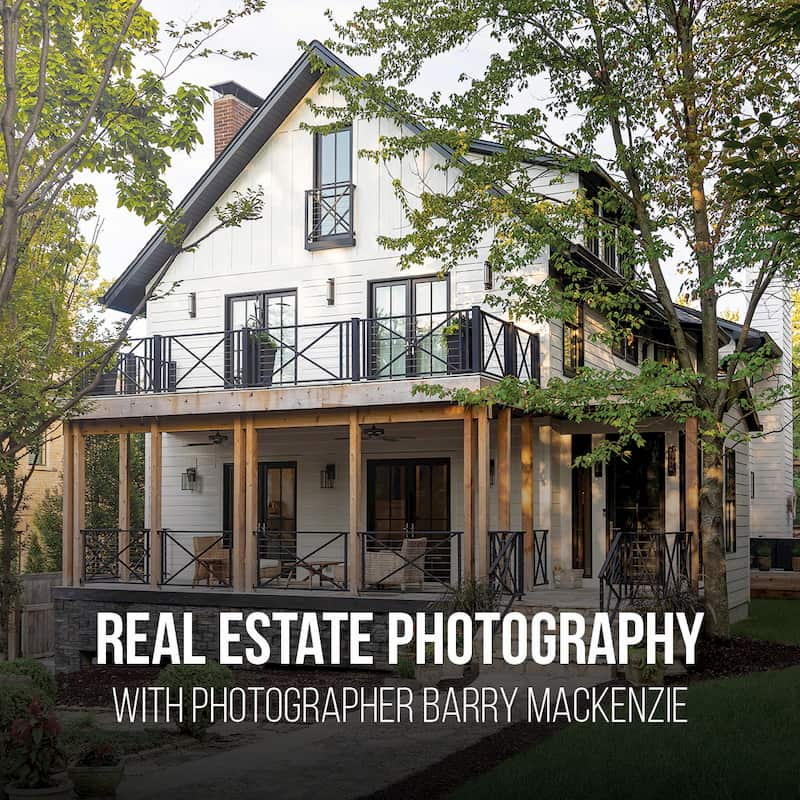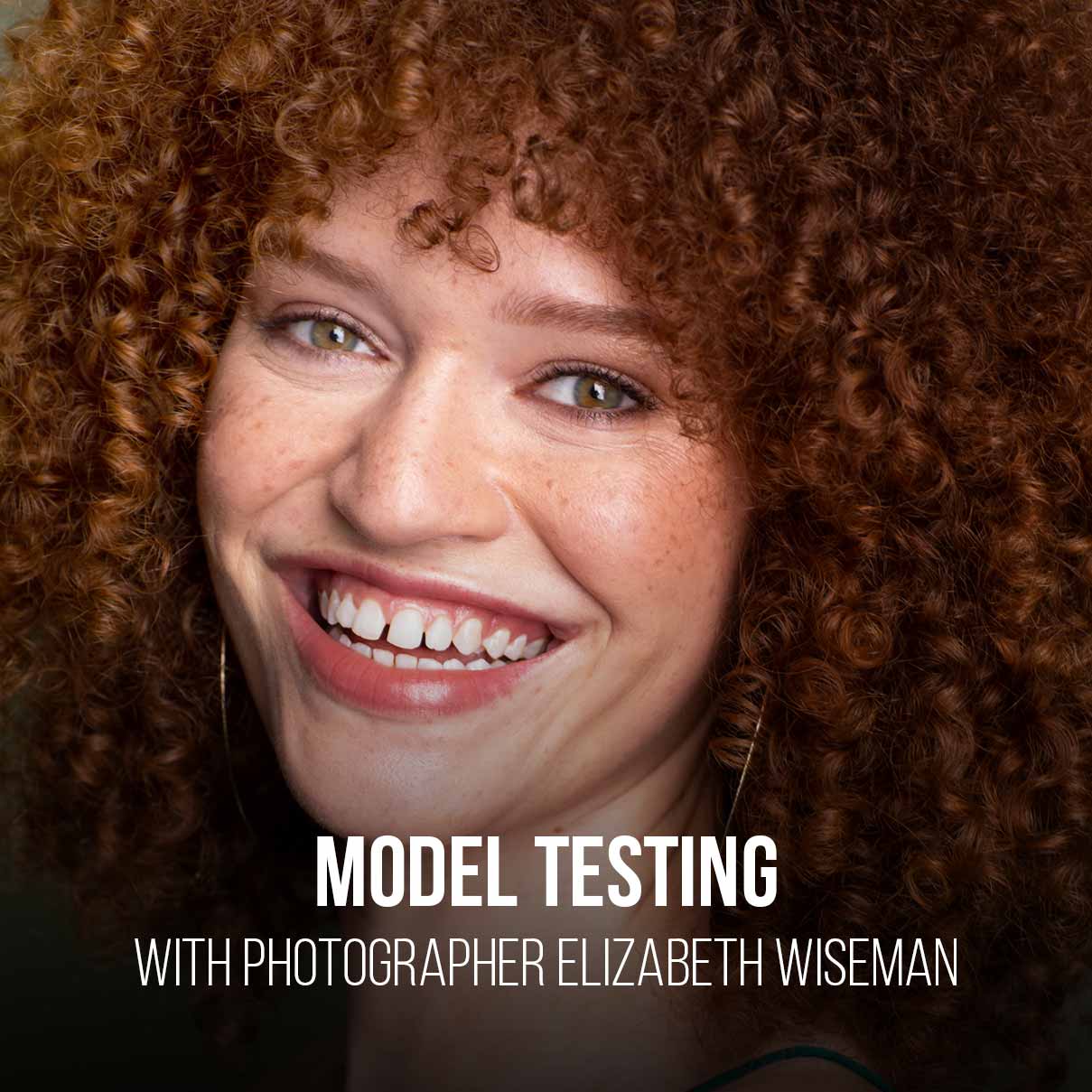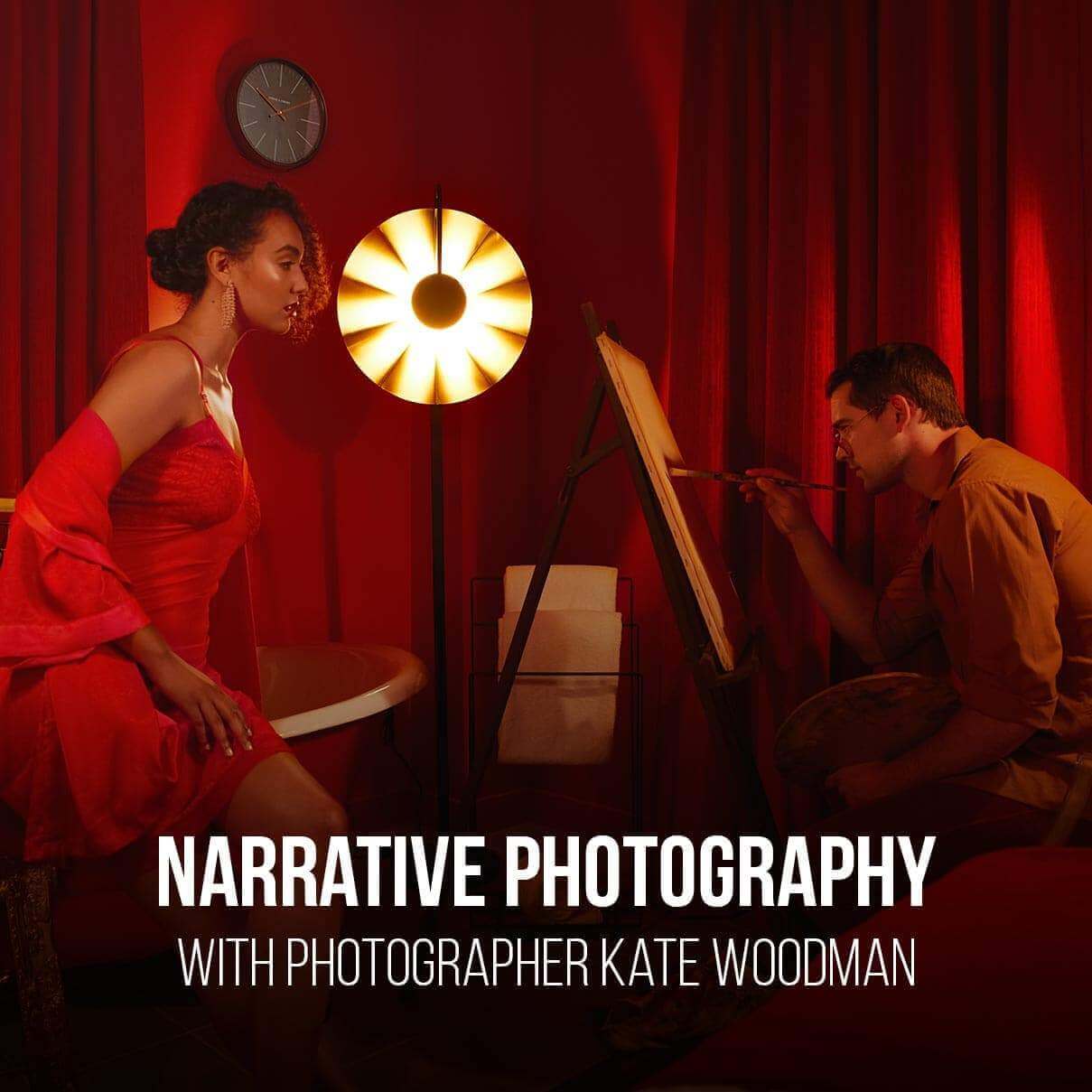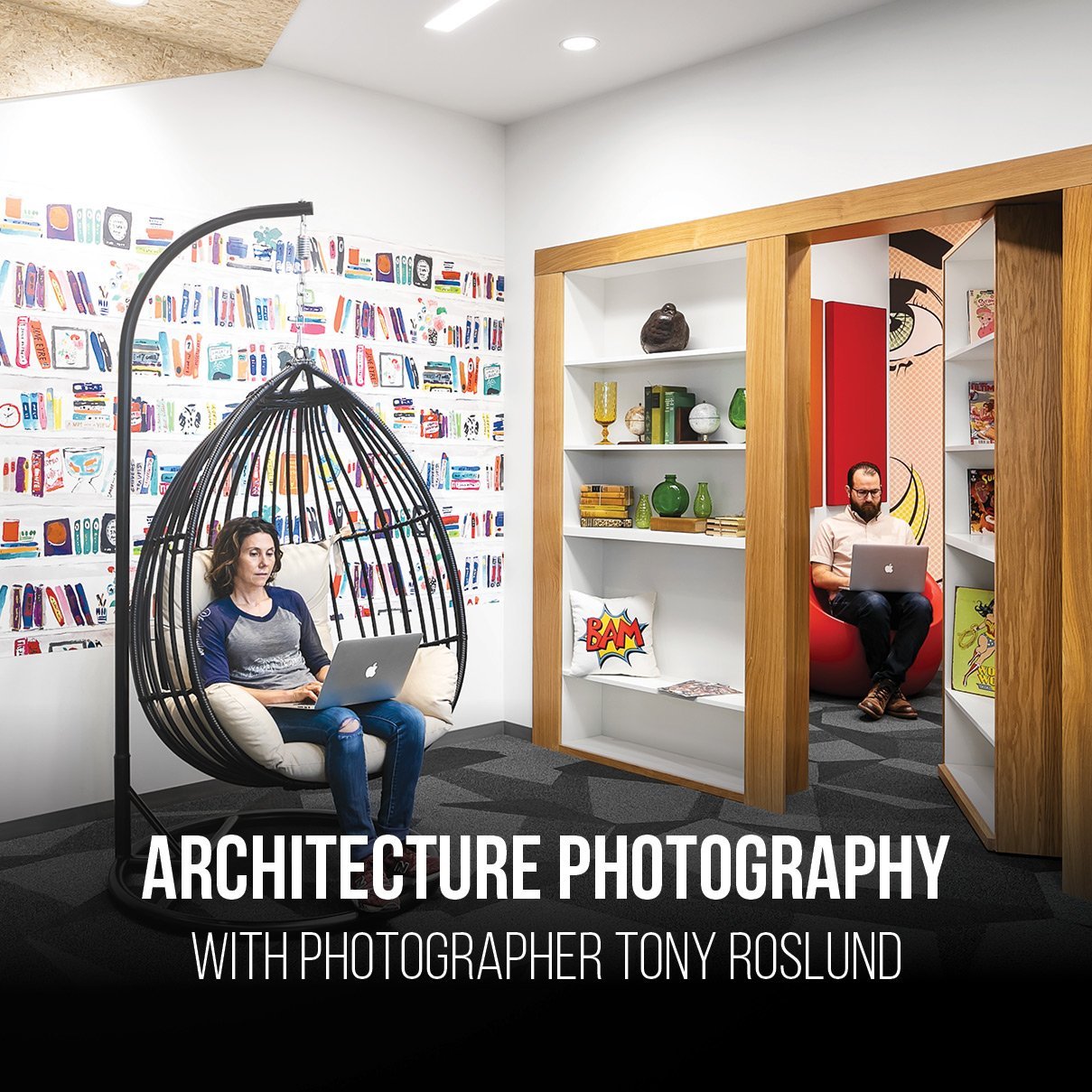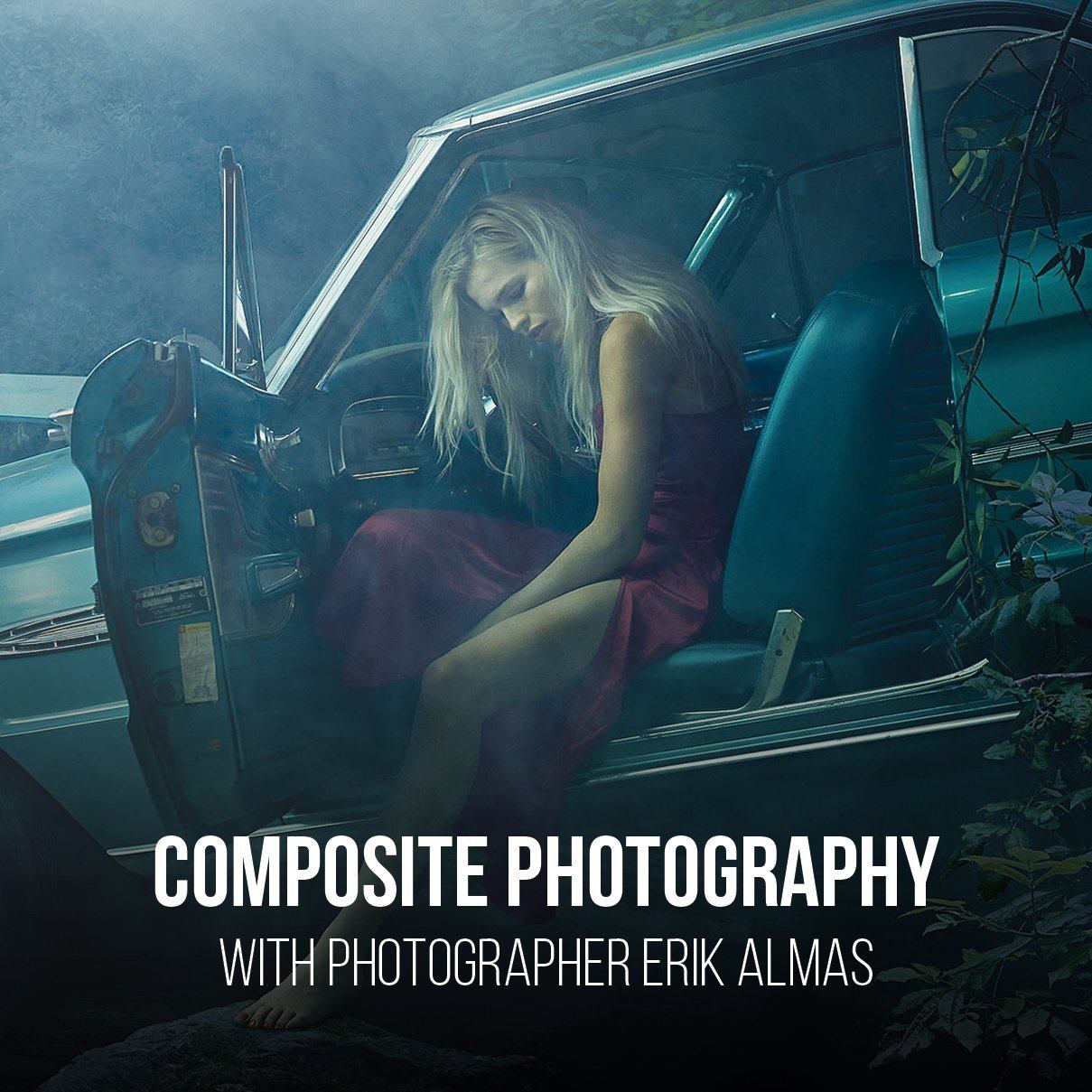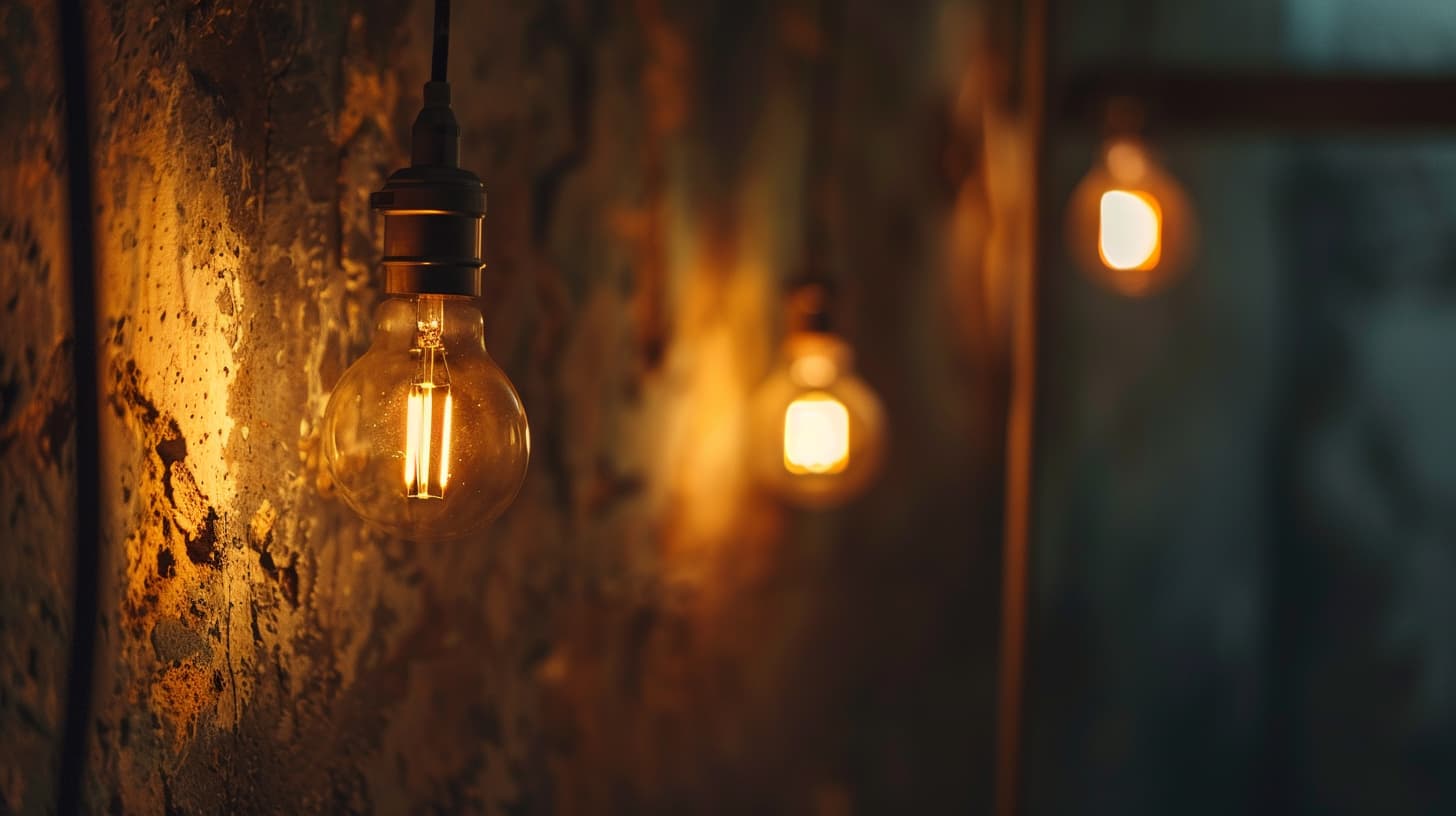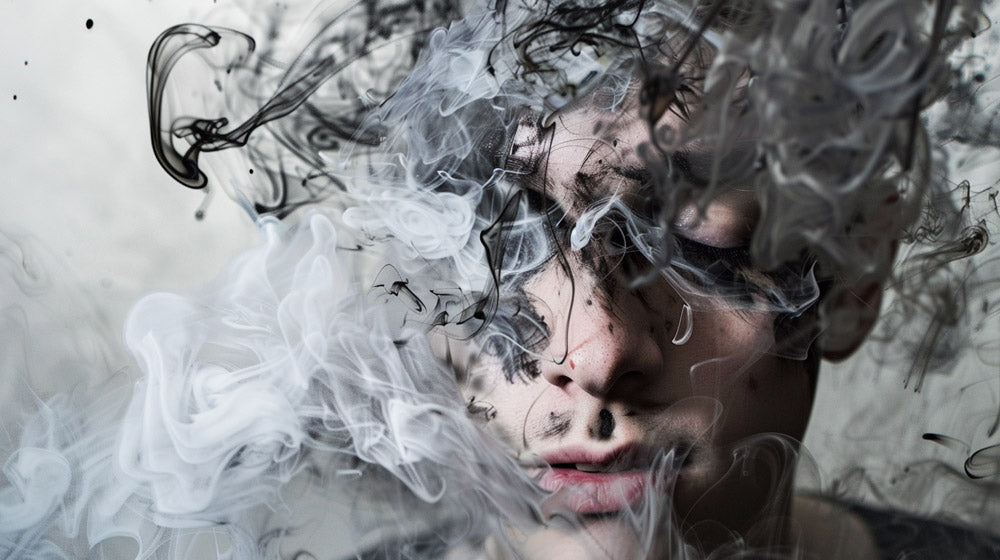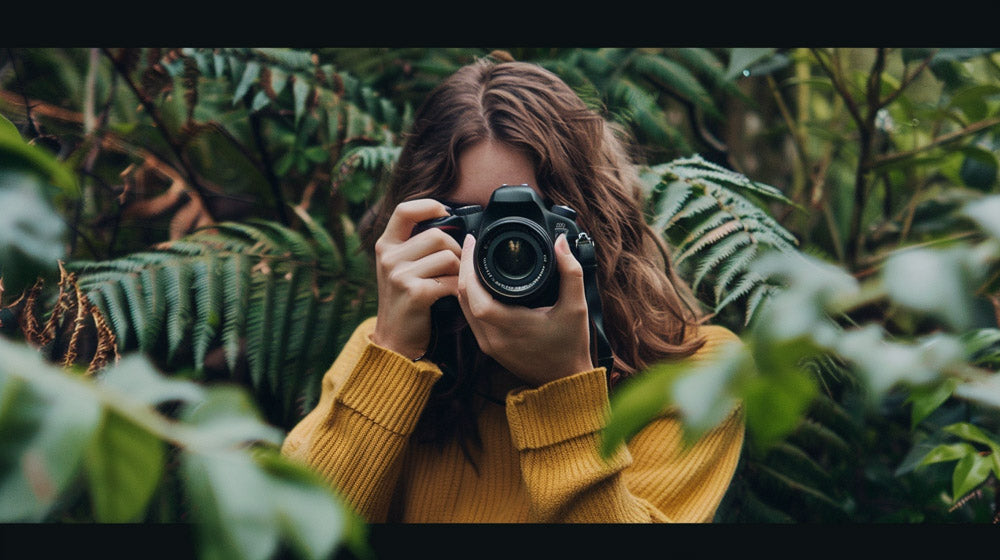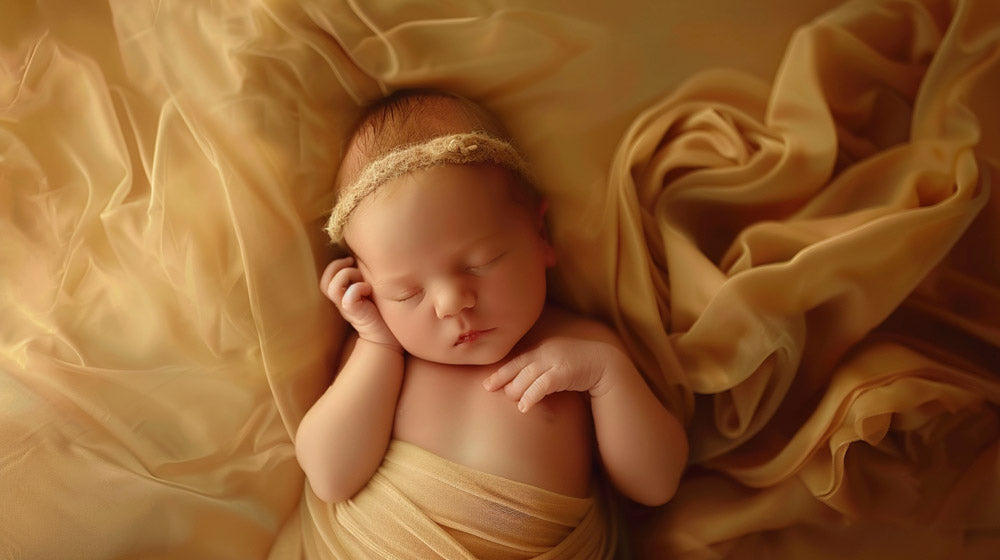Location Scouting for Commercial Photographers: Tips for Capturing the Ideal Scene
In the field of commercial photography, the pursuit of the perfect backdrop is a critical step in visual storytelling. Our environment sets the stage for conveying a narrative, and as photographers, it is our responsibility to ensure that every location aligns with our creative vision. Location scouting is much more than finding a beautiful spot; it's about discovering a setting that resonates with the brand's message and enhances the aesthetic appeal of the final imagery.
Through meticulous scouting, we can anticipate and avoid potential issues while maximizing the impact of the shoot. A well-chosen location can substantially contribute to the success of our work, reflecting the essence of the story we aim to portray. Hence, it is crucial to invest our time and efforts in recognizing the perfect location that does not overpower but rather complements the subject of our photos.
Key Takeaways
- Scouting is integral to aligning locations with our photographic vision.
- Thorough preparation mitigates potential issues, securing the shoot's success.
- The right location enhances the narrative and aesthetic value of the photographs.
Understanding Location Scouting
Location scouting is a critical step in the photography process, as it sets the stage for the visual story we aim to tell. It requires a keen eye, thorough planning, and an understanding of how a location will photographically translate in the context of our project's goals.
Fundamentals of Scouting
The core of scouting involves identifying and visiting potential places that enhance the narrative we want to capture through our lenses. We assess the lighting, accessibility, and visual elements that match the desired mood and style of the shoot.
-
Lighting Considerations: We evaluate the natural and artificial light sources to ensure they align with the envisioned aesthetic.
-
Accessibility Analysis: We determine the ease of access for crew, equipment, and talent, alongside any permit requirements or restrictions.
-
Visual Compatibility: We seek out textures, colors, and features that complement the subject matter or theme being photographed.
The Role of the Location Scout
A location scout is tasked with discovering locations that not only fit the creative vision but also address practical considerations. Their role includes:
-
Liaison: Acting as a mediator between property owners and the production team to negotiate access and terms of use.
-
Researcher: Utilizing resources to find locales that others may overlook and ensuring that they meet our project's specifications.
-
Risk Assessor: Identifying potential hazards or issues that could arise and providing solutions to mitigate them.
Scouting and Production Timeline
Integrating scouting within the production timeline is pivotal for a well-organized shoot. Our timeline typically includes:
-
Pre-Scouting Stage: Preliminary research and narrowing down of potential locations before in-person visits.
-
Initial Visits: Site checks conducted well in advance of the shoot to account for seasonal or environmental changes.
-
Final Approval: Selection of the primary and backup locations, ensuring there is ample time for any necessary preparations or alterations before the production date.
Through this structured approach to location scouting, we streamline the production process and set the groundwork for compelling and visually cohesive photography.
Prepping for a Scouting Session
Before we head out for a location scouting session, it's crucial to lay the groundwork to ensure efficiency and effectiveness. We need a solid plan, understand our session goals, and have a complete shot list that will guide our research and on-site evaluations.
Developing the Shot List
A comprehensive shot list is our roadmap; it details every shot we aim to capture during the photoshoot. This list should align with our session's objectives and the visual story we intend to tell. For each shot, we consider factors such as lighting, composition, and background elements.
-
Example Shot List:
- Wide-angle shots of the main location
- Close-ups of distinctive features
- Mid-range shots with potential for model placement
Research Strategies
Effective research sets the foundation for a successful scout. We utilize online resources such as location databases and social media for preliminary insights. Additionally, tools like The Photographer's Ephemeris help us plan for natural lighting conditions throughout the day.
-
Research Tools:
- Online location databases
- Photography apps for sun positioning
- Social media and forums for current site images
Creating a Pre-production Plan
Our pre-production plan integrates our shot list with logistical details. It includes the when, where, and how of our scouting session. We account for travel time, permissions required, and potential need for equipment based on terrain and location features. Clear communication with all team members is essential to ensure a seamless scouting process.
-
Pre-production Checklist:
- Confirm location accessibility and permissions
- Schedule scouting at various times for light assessment
- Assign roles for team members during the scouting trip
By thoroughly preparing for our location scouting session, we set ourselves up to find the perfect backdrop while addressing all pre-production complexities.
Tools and Technology for Scouting
In our pursuit of the perfect backdrop, we embrace modern tools and technology that streamline the scouting process. From digital mapping services enriching our geographical understanding to mobile apps delivering critical sun and moon data, we harness a suite of resources tailored for commercial photographers.
Utilizing Digital Mapping Services
We rely on Google Maps and Street View for a comprehensive understanding of potential locations. By examining areas on these platforms, we gain insights into the geography, infrastructure, and accessibility.
-
Digital Mapping Services:
- Google Maps: Satellite and terrain views for topographical insights.
- Street View: On-the-ground visualization to assess the look and feel of locations.
Photography Scouting Apps
Photography scouting apps are essential in our toolkit. For instance, Sun Surveyor informs us about the sun's trajectory, crucial for planning shoots based on natural lighting. These apps can provide:
-
Photography Scouting Apps:
- Real-time sun and moon positions.
- Golden hour and blue hour timing for optimal natural light.
Taking Advantage of Social Media
Instagram and Pinterest serve as rich visual databases where we draw inspiration and identify trendy locations. We often find unexpected venues by exploring hashtags and location tags related to our projects.
-
Social Media Platforms:
- Instagram: For current location trends and real-time updates.
- Pinterest: To collect and organize inspirational images and settings.
Evaluating Potential Locations
When we set out to identify the ideal backdrop for our work, it's crucial to meticulously evaluate potential locations on several fronts. We must ensure that the lighting, accessibility, and local environment align with our creative goals and the project’s specific needs.
Assessing Lighting Conditions
Natural Light: We take into account the position of the sun throughout the day to determine the quality of natural light. Using tools like Sun Seeker, we can predict the sun’s path and use this information to optimize our shoot times.
Artificial Lighting: If we're shooting indoors or in low-light conditions, assessing the available lighting fixtures and electricity sources is non-negotiable. This allows us to plan for and bring any necessary additional lighting equipment.
Checking Accessibility and Restrictions
Access: We check for the ease of access to the location. This isn’t just about how we get there, but also involves considering the logistics of transporting our gear to the site.
- Traffic and Noise: Busy areas may offer unique backgrounds but can pose challenges due to heavy traffic or noise, which could affect our shoot schedule.
Restrictions: Some areas may have restrictions that need to be respected. We always confirm if permits or special permissions are required to avoid any legal complications.
- Area Requirements: Parks, historic sites, or private properties often have special requirements. Adhering to these ensures a hassle-free shoot.
Studying the Local Environment
Weather: As photographers, we keep a keen eye on weather patterns since unexpected weather can alter the aesthetic of our backdrop dramatically.
Backgrounds: We closely observe the area’s existing backgrounds to ensure they contribute to the image's aesthetic we're aiming for.
- Aesthetic Appeal: Every element from the texture, color, and condition of the surroundings can enhance or detract from the final image, and so we choose wisely.
Legal and Logistical Considerations
Before embarking on a photo shoot at a chosen location, we need to address several legal and logistical components. These elements ensure our project runs smoothly and complies with any applicable regulations.
Navigating Permits and Fees
Securing necessary permits is essential for any location shoot. We check with local authorities to determine whether our chosen venue requires a special permit, and if so, we obtain it well in advance. The cost of permits can vary widely, so we include these fees in our budget forecasts to avoid any financial surprises.
- Municipal Permits: We might need these for shooting in urban public spaces.
- Private Property Permits: Securing permission from the owner is crucial.
- National or State Park Permits: Special regulations often apply to these areas.
Managing Logistics and Transportation
The logistics of getting our team and equipment to the location are non-negotiable. We plan our transportation needs meticulously, considering the following:
- Equipment Transport: How we will get our gear safely to the site.
- Crew Movement: The availability and timing of transportation for crew members.
- Parking: Assessing if there's ample parking or if arrangements need to be made.
Dealing with Legal Requirements
We need to be aware of the legal requirements that govern our activities on location. This involves:
- Contracts: Ensuring all agreements with property owners are legally binding.
- Insurance: Acquiring the necessary insurance to cover potential liabilities.
- Compliance: Adhering strictly to laws regarding public disturbance and environmental impact.
By thoroughly preparing for these legal and logistical considerations, we set the stage for a successful, unencumbered shoot.
Communicating with Clients and Teams
As experienced commercial photographers, we understand that effective communication is paramount in executing a successful photoshoot. We take pride in engaging with our clients and teams to present location options, gather feedback, and collectively finalize the location choice with confidence.
Presenting Location Options
To start, we prepare a curated list of potential backdrops. Each location is thoroughly researched to ensure it aligns with the project's creative vision and practical requirements. We present these options to our clients through a clear, organized selection process which often includes a:
- Location portfolio with images of each site
- List of pros and cons for each location
- A breakdown of logistical considerations such as lighting and accessibility
Collaboration and Receiving Feedback
After presenting our location options, we open the floor to discussions. Collaboration is key, and we welcome feedback from clients and creative teams alike. This stage is crucial as it allows us to:
- Understand the client's perspective and preferences
- Make adjustments to our options based on their input
- Foster a cooperative environment that values each team member's contribution
Finalizing the Location Choice
Upon consolidating feedback, we move to finalizing the location choice with our clients. Our approach here is strategic and decisive to maintain project momentum. We ensure:
- All parties are informed and in agreement with the final decision
- Any necessary permits or arrangements with location owners or authorities are secured
- The chosen location meets both the creative and practical needs of the shoot
Throughout the whole process, we maintain open and consistent communication channels to ensure that our client's confidence in us is well-placed and that our collaboration is heading towards a successful shoot.
Optimizing the Photoshoot Experience
To ensure success, we focus on meticulous preparation, proactive problem-solving, and the pursuit of capturing the perfect backdrop, all of which contribute to an optimized photoshoot experience.
Preparing Gear and Equipment
Before heading to our photography locations, we compile a comprehensive equipment checklist. This includes camera bodies, lenses, tripods, and lighting equipment—each selected specifically for the desired creative outcome. We also pack spare batteries and memory cards, as these are crucial for avoiding disruptions during the shoot.
Anticipating Challenges on Site
We recognize the importance of anticipating potential challenges on site. This could mean checking the weather forecast in advance to prepare for changes in lighting or precipitation, or having a backup location in mind should our primary choice become unavailable. By identifying possible issues beforehand, we position ourselves to address them swiftly without sacrificing the quality of our work.
Capturing the Perfect Backdrop
When capturing the perfect backdrop, we consider the importance of background and creativity. Through thorough scouting, we choose settings that enhance the subject and complement the visual story we aim to tell. We strive to find a balance between the natural elements of the location and our photographic vision, ensuring each composition underscores the uniqueness of the backdrop.
By adhering to these focused strategies, we amplify our potential for success and maximize the quality of our photographic outcomes.
Additional Resources and Insider Tips
When it comes to location scouting for commercial photography, having a rich repository of resources and insider tips can make the difference between a good shoot and a great one. In this section, we will explore various resources that can enhance your scouting process and provide the insights you need to find that perfect backdrop.
Exploring Location Guides
Location guides, especially for diverse and photogenic regions like the San Francisco Bay Area, are invaluable. We highly recommend studying comprehensive guides like A Complete Guide to Location Scouting for Photographers, which delve into the nuances of finding and selecting locations. These guides often detail various environments, from bustling urban settings to serene gardens, giving you a well-rounded vision of potential backdrops.
Leveraging Local Insights
The secret to capturing the essence of any location is understanding it from a local's perspective. We often tap into local knowledge through forums or by liaising with photography departments at universities or colleges. Insider tips can uncover hidden gems that may not be widely recognized but offer a unique visual narrative for your projects.
Gathering Inspiration
Inspiration is the fuel of our creative vision. We gather it by perusing photography and filmmaking websites, like Shotkit, which often share current trends and creative location scouting tips. We also create vision boards using platforms like Pinterest, compiling images that resonate with the desired tone and atmosphere for upcoming shoots.
Frequently Asked Questions
In this section, we'll address some of the most common questions we receive about location scouting for commercial photography, providing insights into best practices and helpful strategies.
What are the crucial elements to consider during a location scout for a photoshoot?
When we conduct a location scout, we focus on several key elements, such as the aesthetic congruence with the brand story, the diversity of potential backdrops, accessibility, and any logistical considerations like space for equipment and the presence of natural light or power sources.
What strategies do photographers employ to discover new shooting locations?
We often utilize a mix of methods for discovering new locations, including exploring social media platforms for geotagged photos, networking with other professionals, and engaging in on-the-ground exploration to uncover hidden gems that offer the perfect setting for our photoshoots.
How can one assess the lighting conditions when choosing a photography location?
To evaluate lighting conditions, we examine the natural light available at different times of the day, considering the direction and quality of light. We might use light simulation apps or visit the location at specific times to observe changes in lighting for planning the photoshoot.
What are the best practices for obtaining permission to shoot in a public or private location?
Best practices for securing permission include contacting the appropriate authorities or property owners well in advance, clearly explaining the scope of the shoot, and ensuring you have all necessary permits and paperwork completed to avoid legal issues.
How does the theme of a commercial shoot influence the choice of location?
The theme of the shoot is integral to location choice, as it should visually and emotionally support the message of the campaign. For instance, a shoot emphasizing luxury might require an opulent setting, whereas an adventure brand would look for rugged and expansive natural landscapes.
What resources or tools can assist photographers in finding unique or underutilized locations?
Photographers can leverage various resources and tools such as location databases, scouting agencies, and location scouting apps. Additionally, online forums and photography communities can be valuable for sharing and discovering unique locations.



